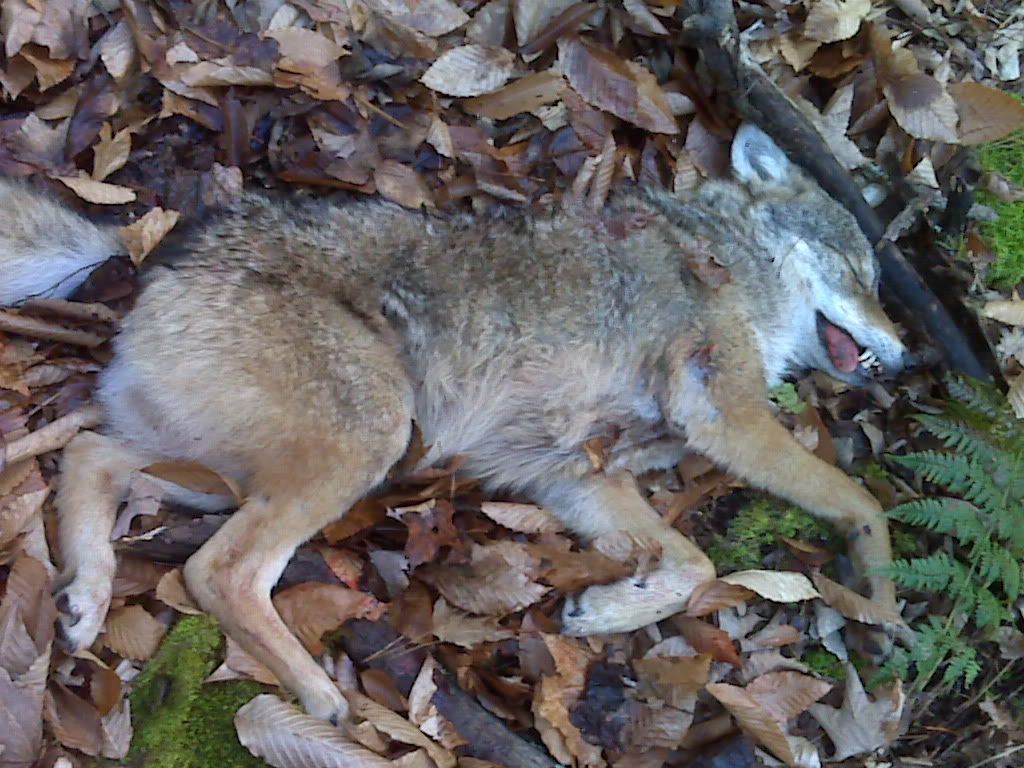This past fall I took my second coyote ever with my 50 caliber Hawken however both times I was still hunting for deer and just happened to be in the right place at the right time.
Since then I have gone into the woods numerous times to try calling in the elusive eastern coyote but have been unsuccessful every time. I know there are dogs in the area as I can see their tracks but I just cant seem to get them to respond to my calling.
I have been using a rabbit distress call but as mentioned "no luck."
Does anyone have any experience or suggestions for calling in these wily critters?

Since then I have gone into the woods numerous times to try calling in the elusive eastern coyote but have been unsuccessful every time. I know there are dogs in the area as I can see their tracks but I just cant seem to get them to respond to my calling.
I have been using a rabbit distress call but as mentioned "no luck."
Does anyone have any experience or suggestions for calling in these wily critters?







